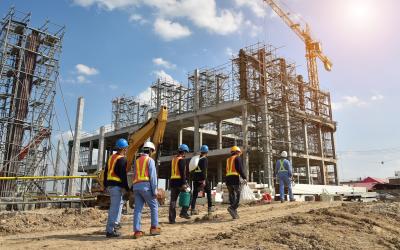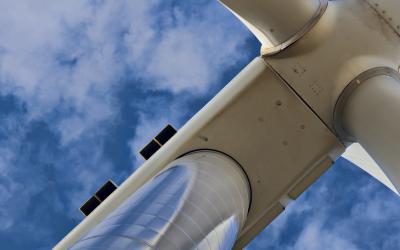The Climate Action Framework shares a vision of Minnesota connected through safe, affordable, and sustainable transportation options.
Transportation is the number one source of greenhouse gases in Minnesota – accounting for about a quarter of our state’s emissions. Land use patterns and unsafe, inconvenient, or unaffordable alternatives to driving alone make traveling by car the first choice for many Minnesotans. But to achieve our vision of a carbon-neutral Minnesota, that is livable for our children and grandchildren, we must make the shift to clean transportation options.
For Peggy Simonson, transportation planner at the East Central Regional Development Commission, the difficulties of making this transition, especially in Greater Minnesota, are real. Rural areas have fewer reliable, safe, and practical options for transportation, such as public transit and non-motorized transport. More older adults and those with lower incomes live in rural areas, and they need reliable and affordable transportation options.
“From a regional standpoint, we work with five counties, three of which are some of the poorest in the state,” said Simonson. “The $35,000-or-higher price tag for an electric vehicle is unattainable. Folks are buying $3,000 cars. But there are opportunities to meet people where they are and provide transportation options that are both affordable and sustainable.”
Historically and today, low-income communities and communities of color also disproportionately bear the burdens of our transportation system like air pollution, without having fair access to its benefits. Addressing these inequities, while providing options for Minnesotans to get from A to B, without contributing to climate change, are all part of recommendations in Clean Transportation goal of Minnesota’s Climate Action Framework. Some of these actions include…
- Developing a Minnesota Electric Vehicle Plan to create a strategy that will increase EV charging infrastructure, significantly reduce the cost of EVs access and ensure they’re accessible for a greater number of Minnesota residents.
- Creating more reliable and convenient transit networks and prioritizing services in communities where transit is essential, and residents are disproportionately affected by air pollution.
- Prioritizing regional planning that facilitates a variety of transportation options including public transit, electric vehicles, and non-motorized options like walking and biking.
Luckily, making the transition to a clean transportation system has many benefits beyond reducing the impacts of climate change. Benefits like healthier communities from more active transportation and reduced pollution. Economic growth in rural communities where there is the greatest opportunity to build new transportation infrastructure and develop clean fuels. And safer streets, with fewer traffic crashes.
Because our transportation system touches all Minnesotans, we all have a role to play in making it cleaner. Individuals can walk, roll, bike, take transit, telecommute, consolidate short trips, rideshare, and prioritize electric vehicle options. Local governments, businesses, non-profits, and other organizations can invest in expanding their clean transportation infrastructure.
Read more about the Clean Transportation goal of Minnesota's Climate Action Framework.



